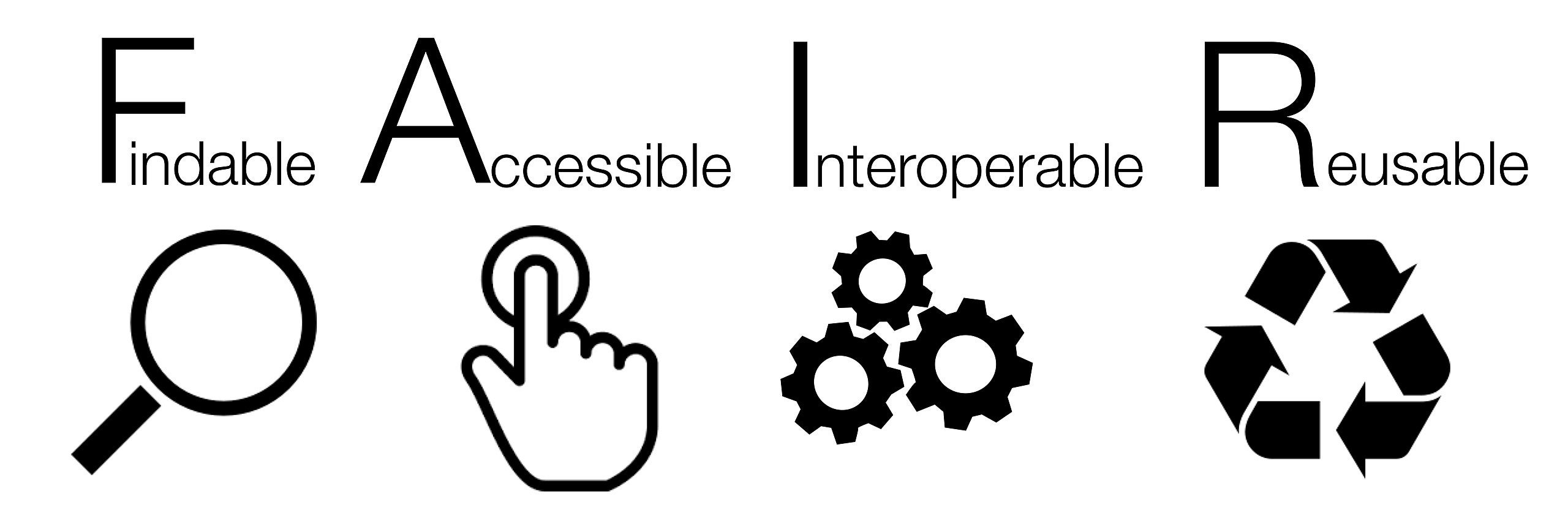
By Tia Jenkins, Ecohydrology Research Group, University of Waterloo
For decades, plastics have been mass produced. An estimated 8.3 billion metric tons – an amount roughly equal to one billion elephants – has been manufactured globally.1 Due to their chemical characteristics, most plastics are resistant to biodegradation and can only be broken down into smaller pieces through fragmentation. This is how microplastics are usually formed.2 Microplastics have been found worldwide (even in Antarctica) and this has widespread consequences to both the environment and human health. As concerns over microplastic pollution increases, research has grown exponentially, influencing funding priorities, public perceptions, environmental policy, and mitigation strategies.
For these reasons, it is essential that data corresponding to research are findable, accessible, interoperable, and reusable. This is otherwise known as the FAIR principles by those who work in data management. To investigate data management practices within microplastics research, we assessed the metadata attributes of published microplastics datasets and evaluated a random sample of peer reviewed microplastics articles. We did this evaluation to understand the current state of data openness.
We started by comparing the number of peer-reviewed microplastics publications to the number of microplastics datasets available in repositories. We found that while there were 6,608 microplastics articles available through the Web of Science, we could only find 279 microplastics datasets. Although the number of open access datasets has increased over time, data sharing is still lagging behind publication rates. Of the 279 datasets we found, 79.6% were immediately accessible, while 20.4% were either completely inaccessible or required additional approval to access. Furthermore, many datasets lacked adequate metadata – for instance, 15.4% of datasets did not describe their sample location, while 18.2% lacked information about the media type.
We also did a deeper dive into 785 peer reviewed articles, where we noticed that only 28.5% of the articles included a data sharing statement. The number of data sharing statements began to increase in 2013, but by 2019, only half of articles had one. It has not since improved. Of the statements found in articles, the most frequent statement was that data were provided in the articles’ supplementary material (38.8%), with only 13.8% stating that data were available via a data repository.
This work demonstrates that large amounts of microplastics research data are being produced but very little are findable and accessible. Additionally, when looking at the data that is shared, a significant portion lack sufficient metadata, which does not allow for reuse. Based on our findings, we offer the following recommendations to strengthen data sharing practices in the environmental microplastic research community:
- Adapt available standards/practices to describe data
- Share raw data – or as close to raw as possible
- Use a trusted digital repository
- Link datasets to corresponding publications
- Plan to share data from the outset of a study
This work has been recently published. Read the full article: https://www.frontiersin.org/articles/10.3389/fenvs.2022.912107/full
References
1. Gibb, B. C. (2019). Plastics are forever. Nature Chemistry, 11(5), 394–395. https://doi.org/10.1038/s41557-019-0260-7
2. Hale, R. C., Seeley, M. E., La Guardia, M. J., Mai, L., & Zeng, E. Y. (2020). A global perspective on microplastics. Journal of Geophysical Research: Oceans, 125(1). https://doi.org/10.1029/2018jc014719